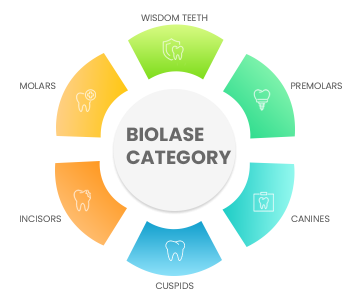BIOLASE
Founded in 1984 and based out of the United States, a biomedical company with heavy investments in their pioneering technology of lasers and laser based devices used by medical professionals, BioLase called upon LGTech for its IoT concept devices. We had the opportunity of working with them trying to introduce devices using the laser technology, backed up with the cloud infrastructure and communication capabilities enabled via the IoT services provided by the giants in the industry, namely Microsoft Azure.

THE CLOUD STORAGE SERVICE
The Microsoft Azure service was capable of allowing messaging between devices, based off of a pricing mechanism which cost a fixed amount per API call. This meant, each time any one of the devices on the network sent or received a message using the Azure SDK/API bundle, BioLase was charged that fixed amount. With Microsoft Azure Cloud storage, the cost of setting up 20 virtual machines dedicated to the BioLase network, with a total storage capacity of 300TB for a maximum of three years, the cost averaged to USD250,000. This agreement could be extended up to a maximum of ten years.
THE COMMUNICATION CHANNEL
For the devices to be able to communicate together and access the information stored over the Azure virtual storage space, we employed TokBok, a messaging service and communication protocol suite meant for distributed network model. They provided their own SDK/API which allowed for them to count the total number of messages exchanged and based off of this, BioLase would get charged an average of USD10,000 every single month of those three years of service.
THE PROBLEMS
With all this mind, BioLase still faced numerous issues. Initially, having the devices communicate with each other was always problematic because different APIs and SDKs meant configuring every single aspect of the communication protocol according to the specifications and limitations set by the manufacturers of vendors. Hence, it was BioLase that had to compromise on account of Microsofts and TokBoks policies and procedures. This caused problems with the communication of devices, however since messages we’re being sent, the service was being utilized and BioLase was being charged.
CONCLUSION
After three years of the contractual term, the doctors and medical practitioners who had employed these devices, were fed up and returned all of the products without even a hint of wanting to give BioLase a second chance. A company with over 35 years of dental service provision and device manufacturing supremacy was left humiliated due to the inconsistency of the service platforms.
